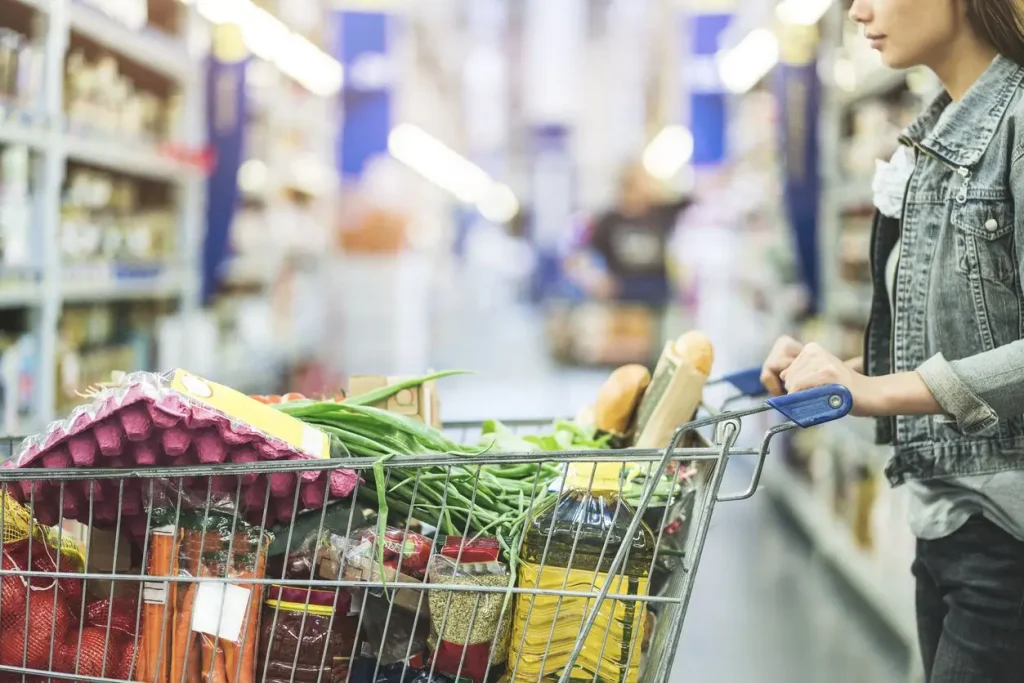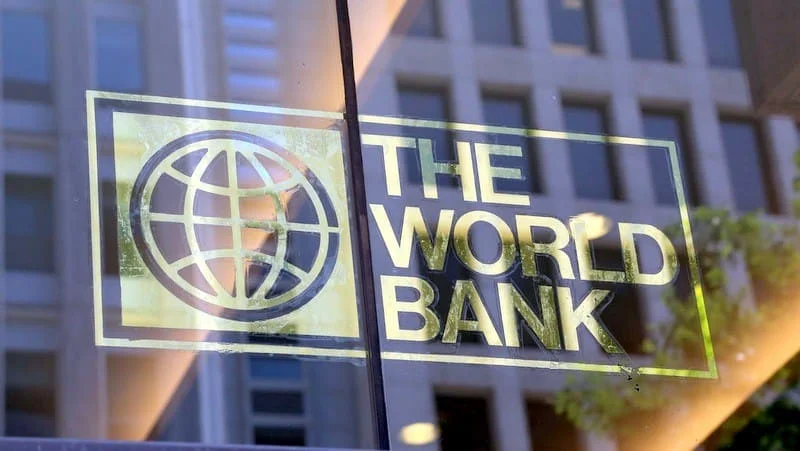In 2025, soaring grocery prices are straining household budgets across Africa. Numbeo’s Grocery Price Index, which measures food costs against New York City’s baseline, highlights nine African nations grappling with the continent’s highest grocery expenses.
Below, we rank these countries and explore the economic forces behind their costly markets.
Top 9 African Countries with High Grocery Costs
1. Ethiopia
Leading the list, Ethiopia faces steep grocery prices fueled by rampant inflation and supply chain challenges. Currency fluctuations further burden households, making everyday essentials a significant expense for many.
2. Mauritius
Mauritius ranks second, with its reliance on imported food driving up costs. Global trade disruptions and a volatile exchange rate make groceries increasingly unaffordable for residents of this island nation.
3. Cameroon
In Cameroon, rising food prices stem from economic pressures and disrupted supply chains. Urban families, in particular, struggle to afford staples like grains and produce.
4. Ivory Coast
Despite its cocoa production, Ivory Coast sees high grocery costs due to inflation and dependence on imported goods. Low-income households face growing challenges in accessing affordable nutrition.
5. Zimbabwe
Zimbabwe’s grocery market is strained by currency instability and persistent inflation, pushing food prices out of reach for many and worsening economic hardships.
6. Mozambique
Mozambique contends with elevated food costs driven by trade barriers and economic constraints. Both local and imported goods contribute to the financial strain on consumers.
7. Ghana
Ghana’s grocery prices are climbing due to currency depreciation and supply chain disruptions, making it harder for families to afford basic food items.
8. Algeria
Algeria’s reliance on food imports, coupled with inflation, keeps grocery costs high. This impacts households’ ability to maintain consistent access to affordable food.
9. Nigeria
Nigeria, Africa’s largest population, faces rising grocery prices due to inflation, supply chain issues, and currency devaluation, adding pressure to household budgets.
Key Drivers of High Grocery Prices
Several factors contribute to these elevated costs across the listed nations:
- Inflation and Currency Instability: Countries like Ethiopia, Zimbabwe, and Nigeria face skyrocketing prices due to weakening currencies and persistent inflation.
- Import Dependency: Nations such as Mauritius and Algeria rely heavily on imported food, making them vulnerable to global trade fluctuations.
- Supply Chain Disruptions: Global and regional logistical challenges, including trade barriers, inflate the cost of both imported and locally produced goods.
The Road Ahead
As African nations navigate these economic challenges, addressing high grocery costs is critical to improving food security and easing financial burdens.
Policymakers must focus on stabilizing economies, enhancing local food production, and mitigating global trade disruptions to support households in 2025 and beyond.






